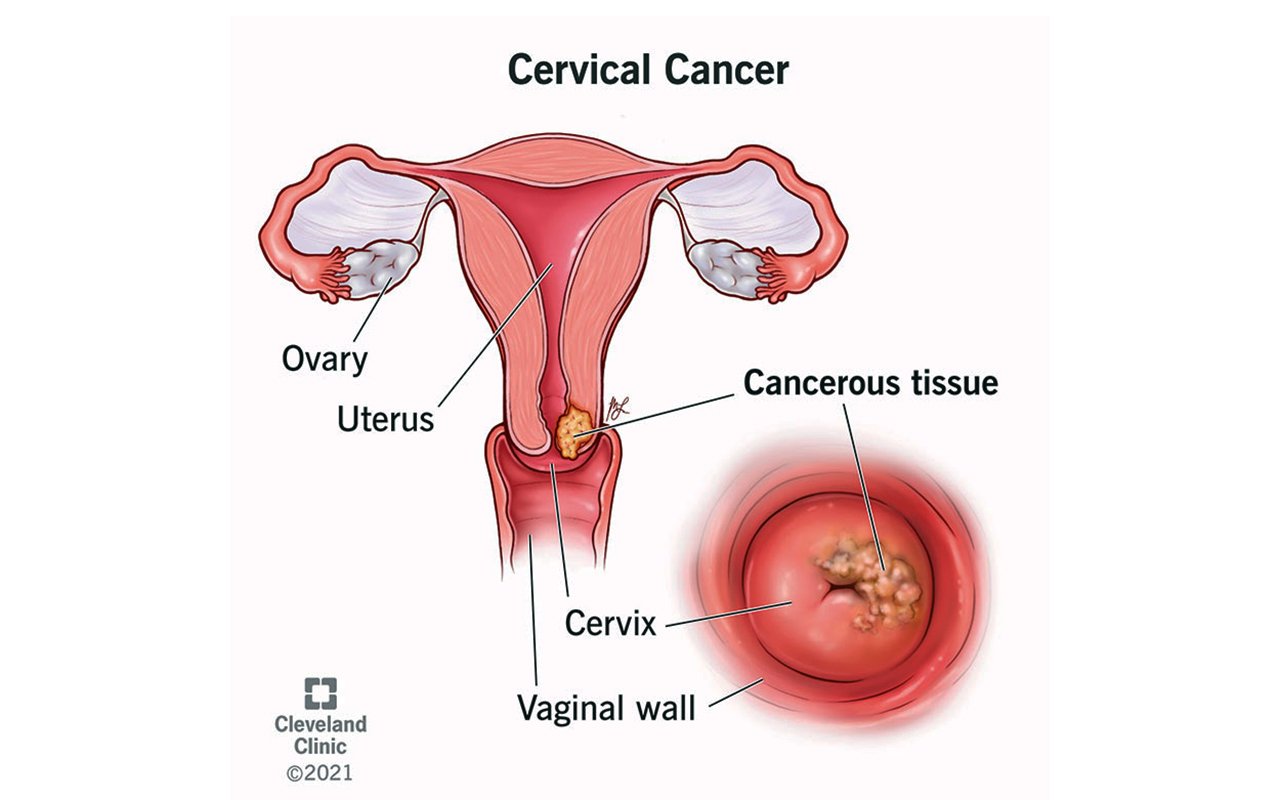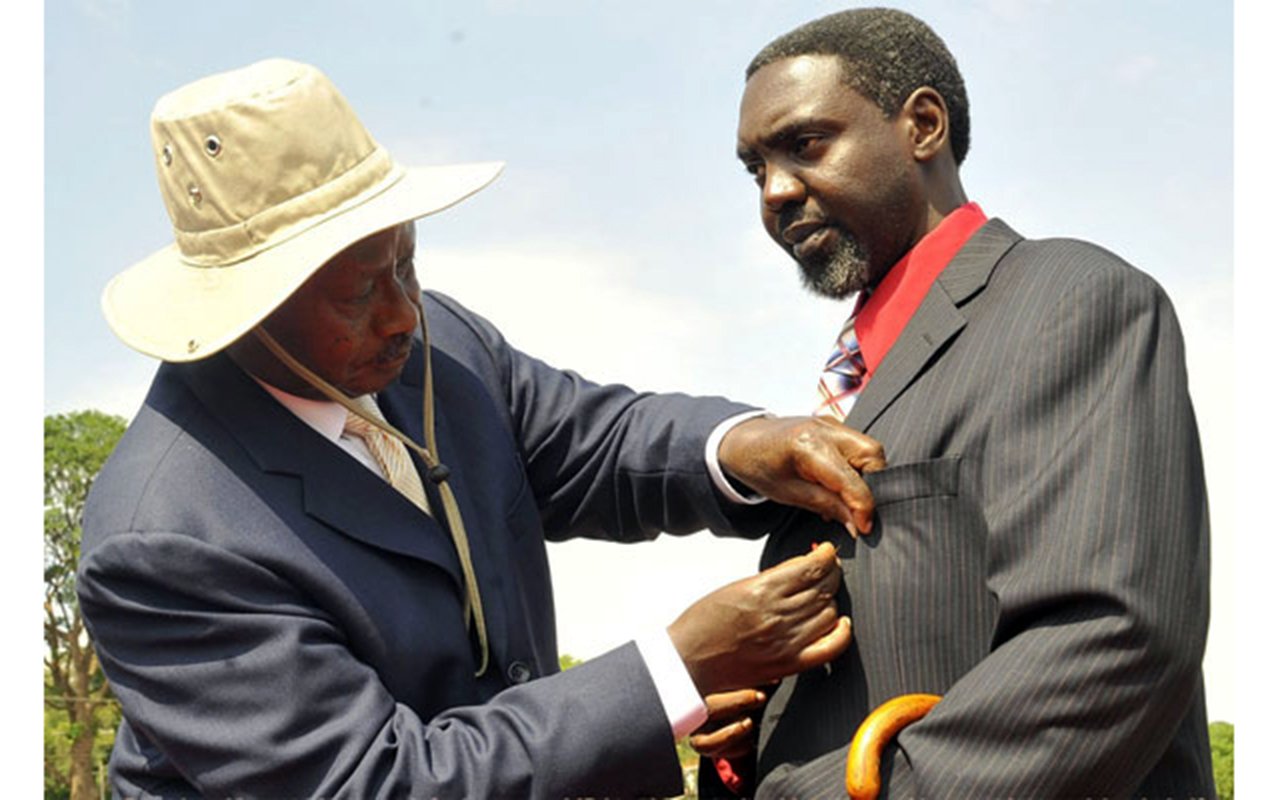The Uganda Martyrs: From subservience to martyrdom

Author,Mr Augustine Bahemuka. PHOTOT/FILE.
June 3 is marked as a national holiday in Uganda. Of great significance, Christian brethren commemorate the brutal murder of 45 (known) converts under the orders of Kabaka Mwanga II in the period 1885 -1887. We learn from historians that the period of early evangelisation in Uganda by the Christian missionaries, also inferred as the welfare phase of colonialism, brought about some political, social and cultural dynamics within the royal courts of Buganda. This was essentially caused by ideological clashes between some cultural practices of [African] tradition and Christianity. For instance, male converts had to forego their privilege of polygamy since the new religion was opposed to it.
Over time, the converts faced a dilemma of where to pay their allegiance and loyalty: the king or missionaries? Consequently, Kabaka Mwanga II reiterated with brutality in dealing with coverts who dared to disobey his orders. Hence the royal pages, who were considered as the least subservient in hierarchy of the royal courts, faced the most brutal of murders. Some were dismembered, burnt alive and beheaded, etc.
Majority of the Catholic converts were burnt alive at Namugongo in June 1886. Three things strike me about this story of the pages who rose from subservience to martyrdom.
Sign of Christian identity in Uganda: The killing of (disloyal) coverts did not serve the deterrence it was intended to, but instead became the mustard seed of Christianity in the kingdom and beyond.
The epitome of their influence on the spread of Christianity in Uganda was the beatification and subsequent canonisation of the 22 catholic converts in 1920 and 1964, respectively.
This marked June 3 as the day of commemoration for St. Charles Lwanga and companions in the liturgical calendar. The story of Uganda Martyrs also challenges the imperialist narrative that holds Christianity as an “imposed” religion. Thomas Landy argues that the courageous decision made by these neophytes to choose their faith to the point of martyrdom over allegiance to the king “made Christianity a choice, not an imposition”.
Signs of religious diplomacy and universality: Uganda has witnessed three different papal visits, which are partly or entirely associated with the Uganda Martyrs. In July 1969, Pope Paul VI’s visit to Uganda marked the first ever papal visit on the African continent. Two of his successors, Pope John Paul II and Pope Francis also visited the land of the martyrs in 1993 and 2015, respectively. As a Ugandan living out of the country, I have experienced the universality of the martyrs.
There are Catholic churches, schools and other institutions that are named after some of the martyrs. For instance, I have met some people and encountered Christian communities called Kizito, Mulumba and Mukasa here in Kenya. Whereas I cannot know the stories informing the choice of names of the Uganda Martyrs in such instances, we may not entirely rule out the possibility of faith.
Sign of contradiction: Imagine having visitors at home who have come to see a new born baby in the family. The words spoken by anyone while holding the baby are very important. Or are they? On the occasion of the presentation of Jesus in the temple, for instance, Simeon prophesied about the baby Jesus that he would be “a sign of contradiction” (Luke 2:34).
In other words, Jesus was to face opposition and rejection, which would actually lead to his death 33 years later. Relating this, I wonder what Simeon would have prophesied to Kabaka Muteesa I about the Christian missionaries whom he had welcomed into his kingdom in 1877! That evangelisation of his kingdom would lead to the growth and spread of Christianity in Uganda! Or that the conversion to Christianity would be a sign of contradiction and revolution in the kingdom culminating in martyrdom of some of his pages!




